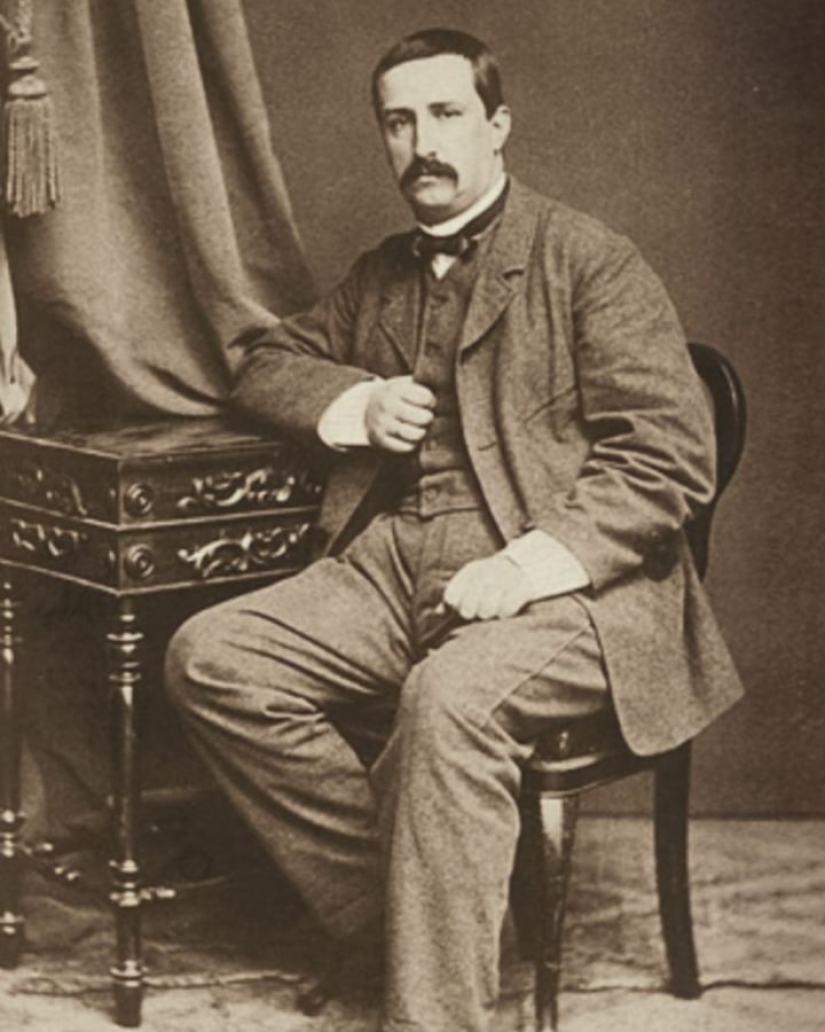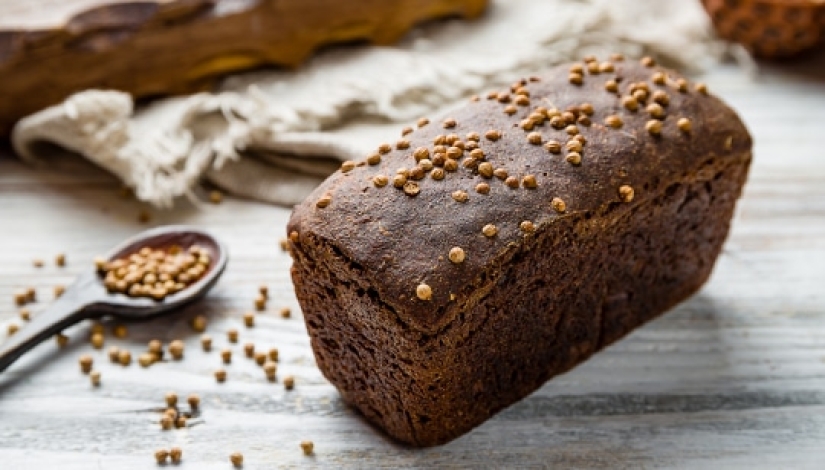How did Borodino bread appear and why is it so called
Categories: Food and Drinks
By Pictolic https://pictolic.com/article/how-did-borodino-bread-appear-and-why-is-it-so-called.htmlBorodino bread in our country has a huge number of admirers. Thanks to this, it can be safely called a "folk" product. The special taste of this bread is not to be confused with anything, and there are legends about its benefits. How did Borodinsky appear in our stores and why did he get such a name?

Some people associate the name of Borodino bread with the wonderful Russian composer Alexander Porfirievich Borodin. They say that he tried an unusual bread while traveling in Italy and brought the recipe to Moscow. It was from there that this rye bread began its victorious march across Russia.

But this version, despite its plausibility, is untenable. Firstly, the composer Borodin has never lived in Moscow and has rarely been there. Secondly, he was an excellent musician, a talented chemist and a public figure, but he did not have a passion for cooking. And thirdly, rye bread is simply not in high esteem in Italy and it is not baked there. Therefore, the traveler could not get hold of Borodinsky's recipe there.
Another legend connects the origin of Borodino bread with the village of Borodino. Yes, the one near which the famous battle took place in 1811. It is said that one of the French kernels hit a wagon train carrying rye flour and cumin. These two products spilled out of the torn bags and mixed into a pile on the road.

Local peasants, not spoiled by pickles, collected this mixture and tried to bake bread. They unexpectedly liked the result and rye bread with cumin became popular. This version is also in doubt. It is very strange that the carryall of the Russian army carried cumin in bags and that the spice was mixed with flour in an optimal proportion to taste.
There is also a more realistic story associated with the village of Borodino. Some believe that special bread began to be baked in a convent. The monastery was founded at the site of a bloody battle 8 years later. Historians have found information that the nuns distributed incredibly delicious rye bread to the peasants after church services.

The monastery, called Spaso-Borodinskaya, was founded by Margarita Tuchkova, the widow of Major General Alexander Tuchkov. He died at Borodino and even his body was not found. The monastery, built with funds from the sale of family jewels, has become a kind of memorial to the hero. It is Tuchkova who is credited with creating the monastery bread, which included rye flour, molasses, cumin and malt.
This version looks quite reliable, but it also has a minus. Apart from the dubious "memories" of the peasants (who hardly left memoirs), nothing confirms the baking of such bread in the monastery. It is well known that Borodino bread began to appear on sale in the 30s of the last century in Moscow, and before that they had not heard about it.
It turns out that lovers of Borodino bread can choose one of the three versions at their discretion. At the same time, none of them is perfect and has no documentary evidence. Whatever it was, delicious rye bread with cumin exists and is in demand today.

The main distinguishing feature of Borodino bread is a sprinkling of cumin and coriander. But he wasn't always like that. It is known for sure that it began to be sprinkled in 1933. Interestingly, the bread, which everyone considers pure rye, consists of rye flour by only 15%. The rest is wheat flour of the 2nd grade. When kneading the dough, a sourdough of high acidity and spices is used. They practice both a sourdough and a non-sourdough method of preparation.
Today, many bakeries offer Borodino bread. On sale there are both very decent samples and low-quality ones. How to determine good bread? First of all, you need to inspect the bread. The ideal Borodinsky has a smooth surface, without bumps and cracks. Sprinkling can only be made from anise seeds, coriander or cumin.

The color should be dark brown with a noticeable gloss. There should be no burnt places, as well as peeling of the crust from the crumb. GOST regulates the height of the crust of Borodino bread — it should not exceed 4 cm. The bread has an oblong shape, and its ends should be rounded.
Recent articles

Most of us think that the color of the eggshell does not play any role and it is possible not to pay attention. But it's not and ...

The more we rely on technology, the more potential power hackers gain over us. It doesn't matter if their goal is to help or cause ...

Creating a good portrait is one of the most difficult tasks for any photographer. In order to make a really natural and memorable ...